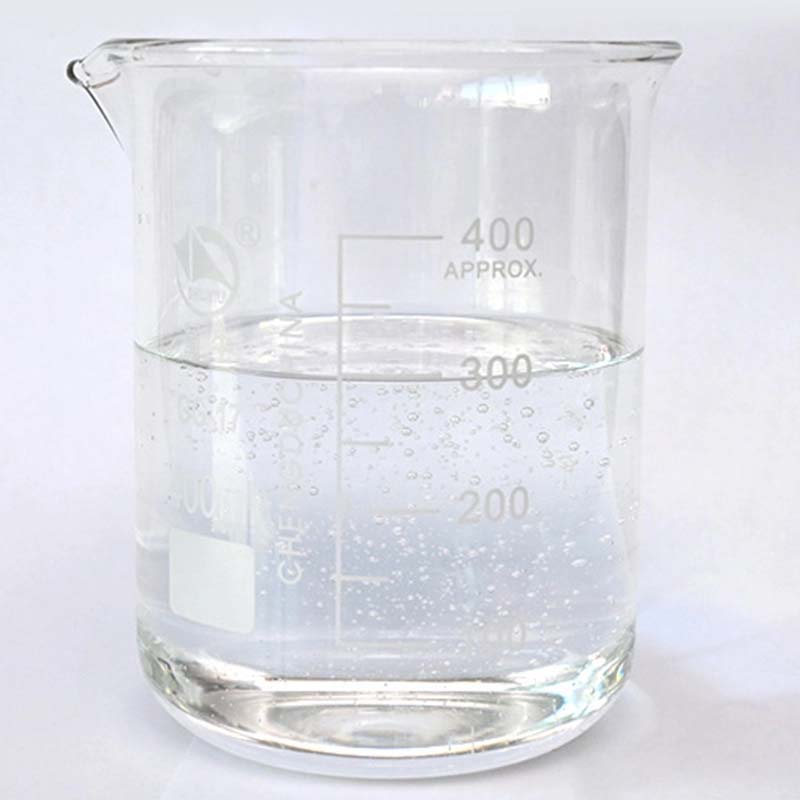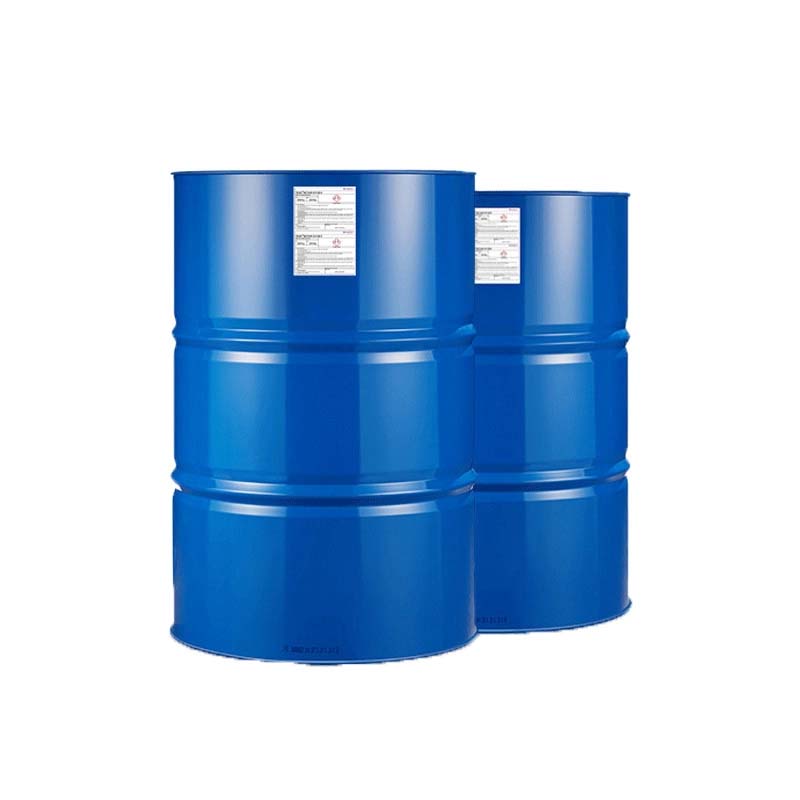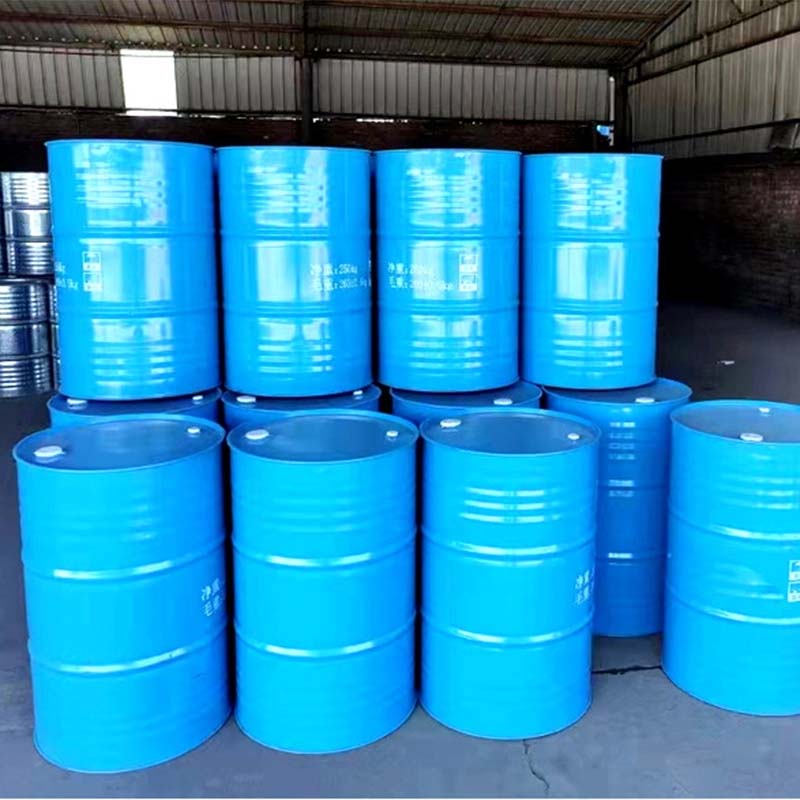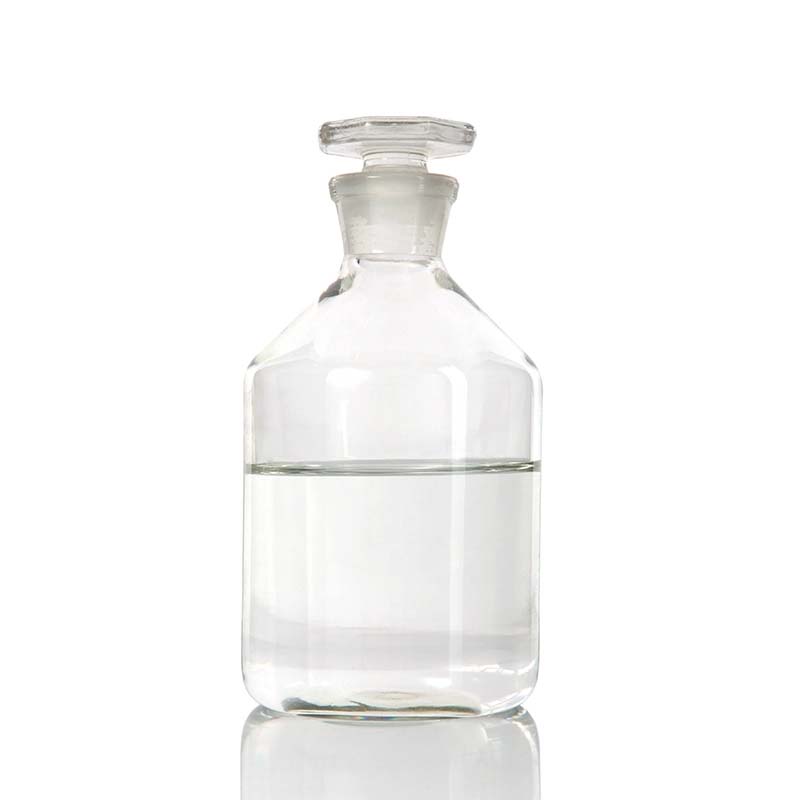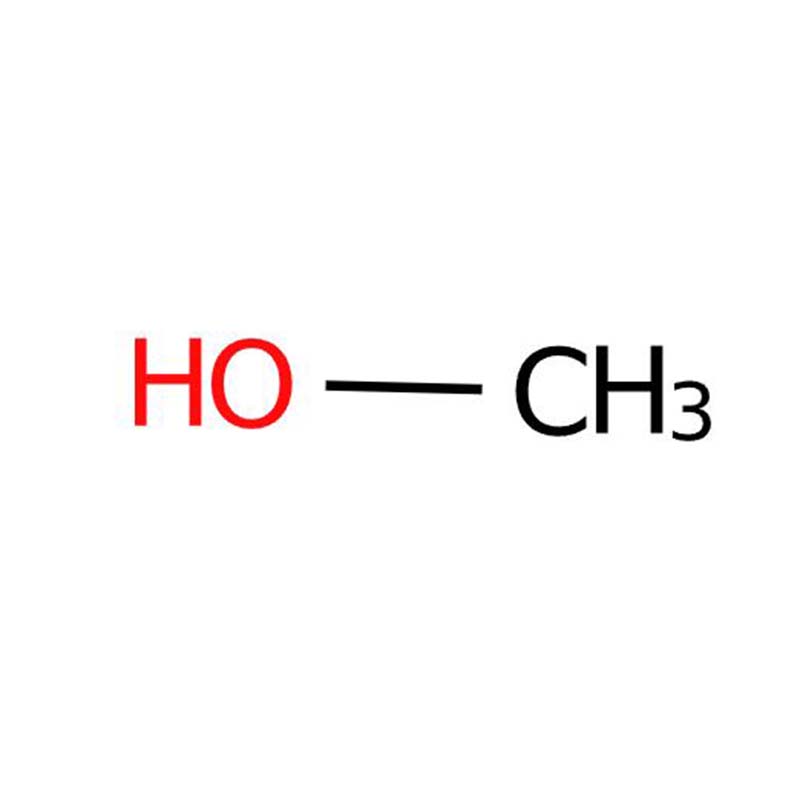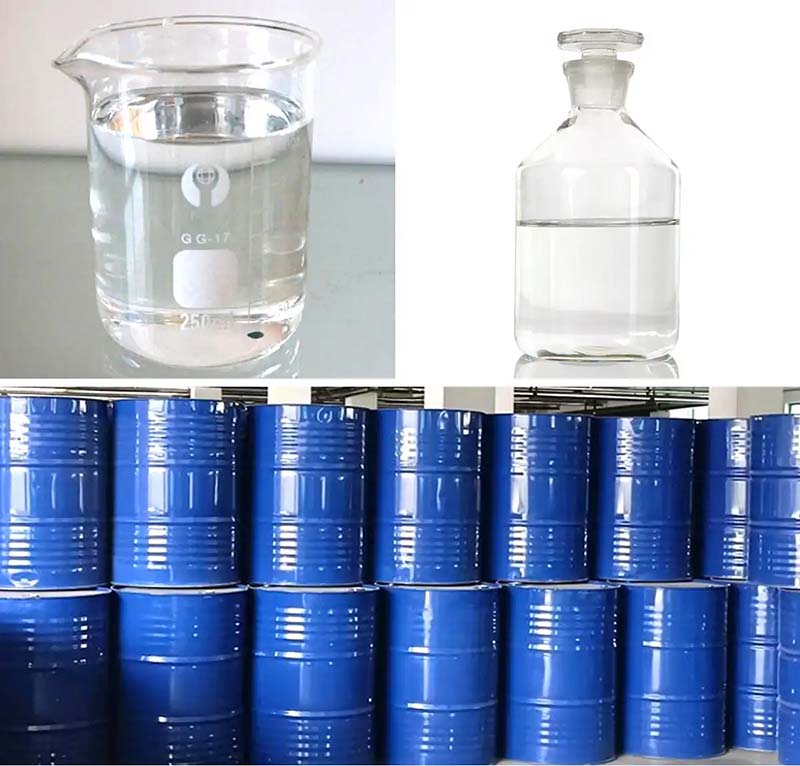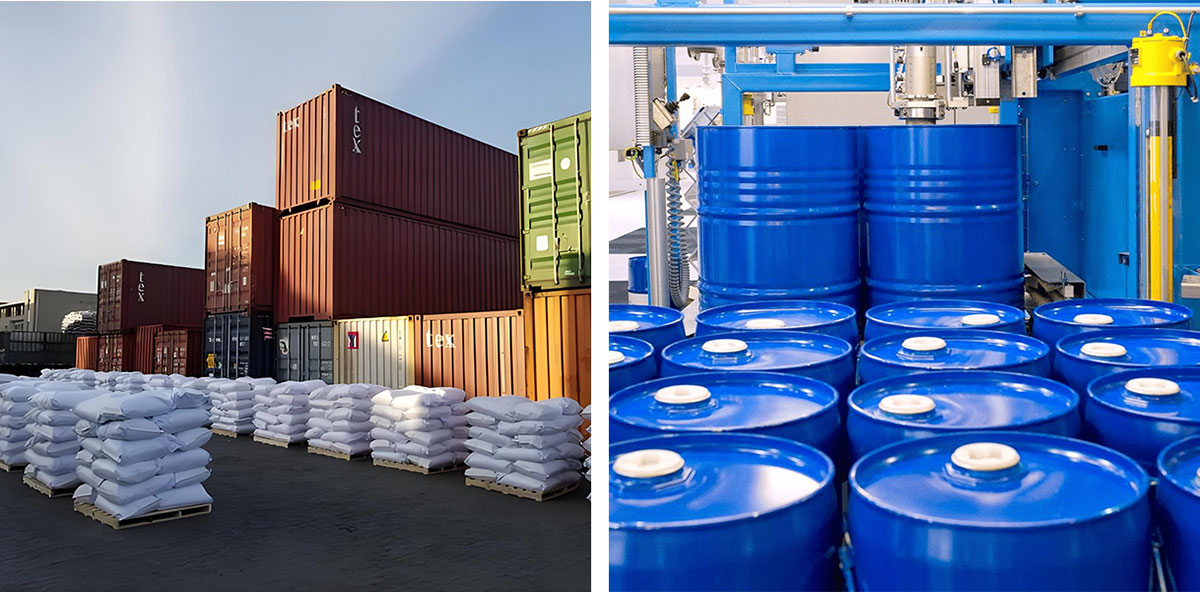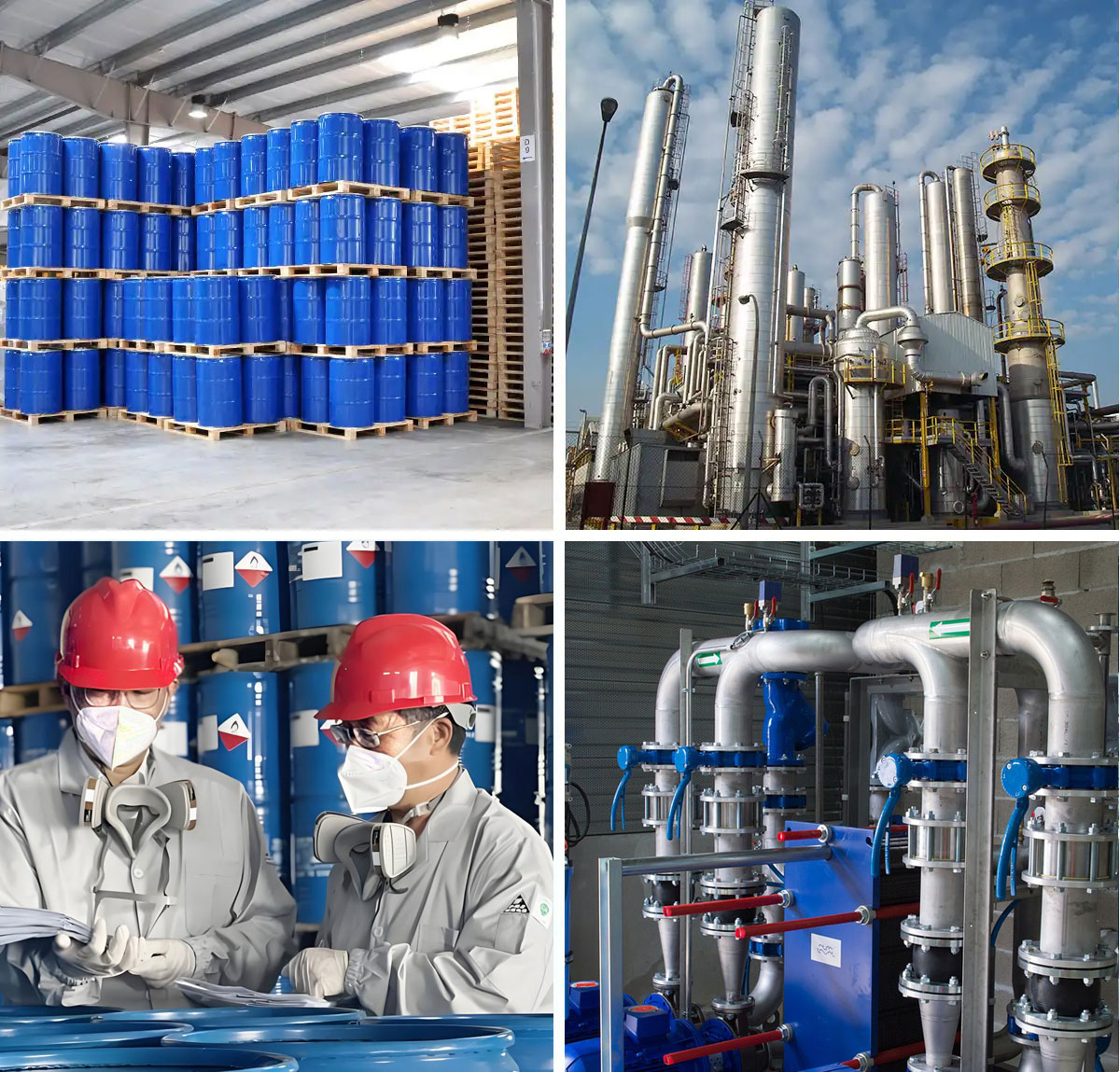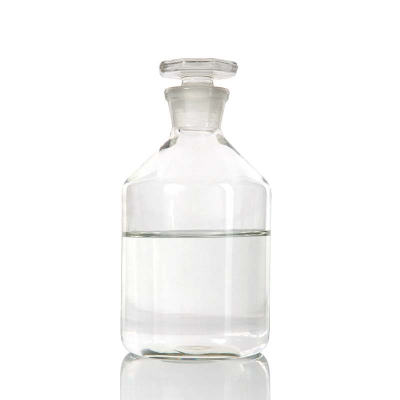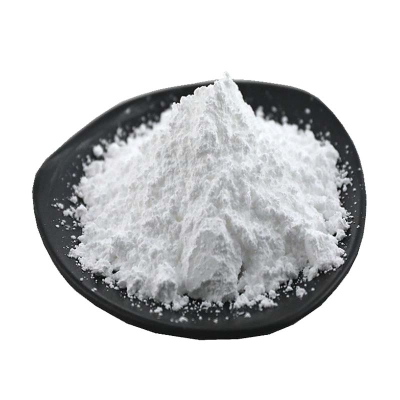Methanol
Methanol is a highly adaptable solvent that is miscible with both water and a wide range of organic solvents. It exhibits a low melting point of -97.8°C and a boiling point of 64.5°C, which contributes to its high volatility. Unlike many solvents, methanol is not corrosive toward most metals at ambient temperature, with the exception of aluminum and lead. Its industrial applications are diverse, encompassing roles such as a solvent, an antifreeze agent, a fuel source, and a neutralizing medium.
Methanol, also known as "wood alcohol," is the simplest member of the saturated monohydric alcohol family. This organic compound is a clear, colorless, and highly volatile liquid that is both flammable and toxic. Ingestion of as little as 5 to 10 ml may result in blindness, and higher doses can be lethal. It exhibits a characteristic mild alcoholic odor and is non-corrosive to most metals at room temperature, with exceptions being aluminum and lead. Key physical properties include a relative density of 0.792 (at 20/4°C), a melting point of -97.8°C, and a boiling point of 64.5°C. Its flash point is 12.22°C, and it auto-ignites at 463.89°C. The vapor has a density of 1.11, and the vapor pressure reaches 13.33 kPa (at 21.2°C). Methanol vapors form explosive mixtures with air at concentrations between 6% and 36.5% by volume. It is miscible with water, ethanol, ether, benzene, ketones, halogenated hydrocarbons, and most other common organic solvents. Industrially, it is widely utilized as a solvent, antifreeze, fuel, and neutralizing agent.
Parameters
Melting point | -98 °C(lit.) |
Boiling point | 65.4 °C(lit.) |
density | 0.791 g/mL at 25 °C |
vapor density | 1.11 (vs air) |
vapor pressure | 410 mm Hg ( 50 °C) |
refractive index | n20/D 1.329(lit.) |
Fp | 52 °F |
storage temp. | 2-8°C |
solubility | benzene: miscible(lit.) |
pka | 15.2(at 25℃) |
form | Liquid Free From Particulates |
color | <10(APHA) |
Specific Gravity | 0.793 (20/20℃) |
Relative polarity | 0.762 |
Odor | Faint alcohol odor detectable at 4 to 6000 ppm (mean = 160 ppm) |
PH | 6.8 (20°C in H2O) |
Flame Color | Pale blue |
Odor Threshold | 33ppm |
explosive limit | 5.5-44%(V) |
Water Solubility | miscible |
λmax | λ: 210 nm Amax: 0.50 |
Merck | 14,5957 |
BRN | 1098229 |
Henry's Law Constant | 4.99 at 25 °C (headspace-GC, Gupta et al., 2000) |
Exposure limits | TLV-TWA (200 ppm) (ACGIH), 260mg/m3, 1040mg/m3 (800 ppm) 15minutes (NIOSH); STEL 310mg/m3 (250 ppm); IDLH 25,000 ppm (NIOSH). |
Dielectric constant | 33.6(20℃) |
LogP | -0.770 |
Surface tension | 22.22mN/m at 298.15K |
Surface tension | 22.7mN/m at 20°C |
CAS DataBase Reference | 67-56-1(CAS DataBase Reference) |
NIST Chemistry Reference | Methyl alcohol(67-56-1) |
EPA Substance Registry System | Methanol (67-56-1) |
Absorption | in accordance |
Safety Information
Hazard Codes | Xn,T,F |
Risk Statements | 10-20/21/22-68/20/21/22-39/23/24/25-23/24/25-11-40-36-36/38-23/25 |
Safety Statements | 36/37-7-45-16-24/25-23-24-26 |
RIDADR | UN 1170 3/PG 2 |
OEB | A |
OEL | TWA: 200 ppm (260 mg/m3), STEL: 250 ppm (325 mg/m3) [skin] |
WGK Germany | 1 |
RTECS | PC1400000 |
F | 3-10 |
Autoignition Temperature | 385 °C |
TSCA | Yes |
HS Code | 2905 11 00 |
HazardClass | 3 |
PackingGroup | II |
Hazardous Substances Data | 67-56-1(Hazardous Substances Data) |
Toxicity | LD50 oral (rat) |
IDLA | 6,000 ppm |
Methanol is a versatile chemical feedstock and an efficient fuel. Methanol is primarily used in the fine chemicals, plastics, and related industries for producing various organic compounds including formaldehyde, acetic acid, methyl chloride, methylamine, and dimethyl sulfate. It also acts as an important raw material in the synthesis of pesticides and pharmaceuticals. Furthermore, after appropriate refining, methanol can be utilized as a clean-burning fuel on its own or blended with gasoline. Methanol readily undergoes esterification with acids such as sulfuric acid and carbonic acid. Its reaction with hydrochloric acid proceeds slowly at 0°C. However, when heated to 160°C in the presence of sulfuric acid, metaphosphoric acid, or boron trioxide, it undergoes dehydration to form dimethyl ether (CH₃OCH₃). Dehydration can also be catalyzed by alumina or thorium oxide, producing ether from methanol vapor at temperatures between 200°C and 400°C. As a solvent, methanol partially dissolves metal halides and salts of organic acids, while sulfates show very limited solubility and carbonates are essentially insoluble. Additionally, methanol is a key starting material in the manufacture of formaldehyde, formic acid, and a variety of esters derived from both inorganic and organic acids.



